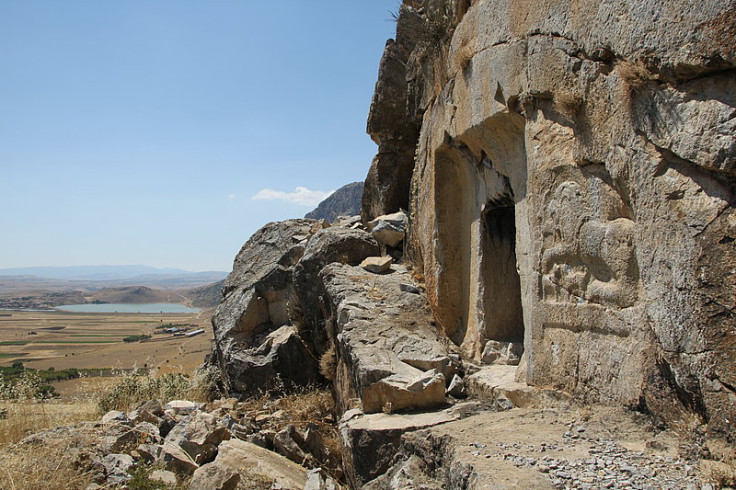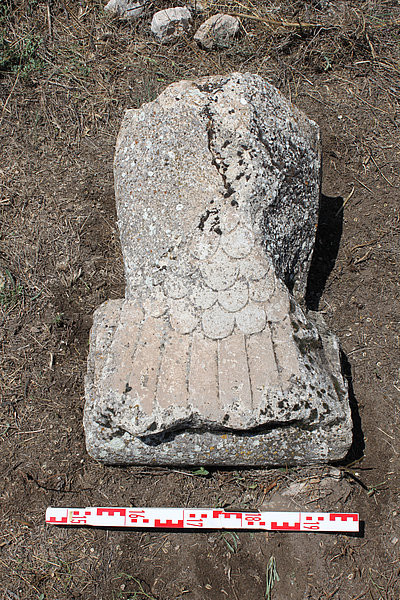Roman emperor's 2,000-year-old summer palace discovered in Turkey
The Roman Empire had lucrative contracts exporting wine and pottery goods from its Eastern provinces.

Archaeologists have discovered a Roman emperor's summer residence in Kibyratis, located in the Turkish mountains, according to Haaretz.
The rural estate belonged to the family of Emperor Marcus Aurelius, who ruled from 161-180 AD, according to researchers from the Austrian Archaeological Institute.
The area of Kibyratis has had few archaeological digs, although large rural estates from the Roman period were known to exist there.
Comprehensive surveys only started in 2008, which revealed extensive sites belonging to imperial families.

The remains have been badly damaged but historians have managed to piece together mosaics, clay water pipes and marbled wall decorations.
The Roman Empire had lucrative contracts exporting wine and pottery goods from its Eastern provinces and there is evidence of wine making from the finds of marble press weights used in viticulture.
A votive altar unearthed is inscribed with a poem about a hunting party, which was one of the most popular pastimes of Roman nobles. The inscription was dedicated by Marcus Calpurnius Longus, of the Calpurnii family.
It describes Longus killing an ibex during a hunting expedition and sacrificing the animal to the gods to gain their protection over his lands and wealth.
Other finds include a relief carved in rock to the mother goddess Cybele, an ancient Phrygian deity, worshipped with orgiastic rites. A second carving shows a shepherd being attacked by a wolf.
Archaeologists believe that the man gave praise to the goddess Cybele for saving him from the attack, and dedicated the stone carving in gratitude.
Another important discovery found in 2011 was a rock-cut tomb in the northern research area. The tomb, decorated with the relief of a lion, can now be dated to the archaic period, hundreds of years before the find of around 180 AD.
For reasons unknown, the Calpurnii family lost the Kibyratis estate and it came into the hands of the royal family towards the end of the 2<sup>nd century AD. One of the new owners was Annia Cornifica Faustina, sister of Marcus Aurelius.
© Copyright IBTimes 2025. All rights reserved.






















